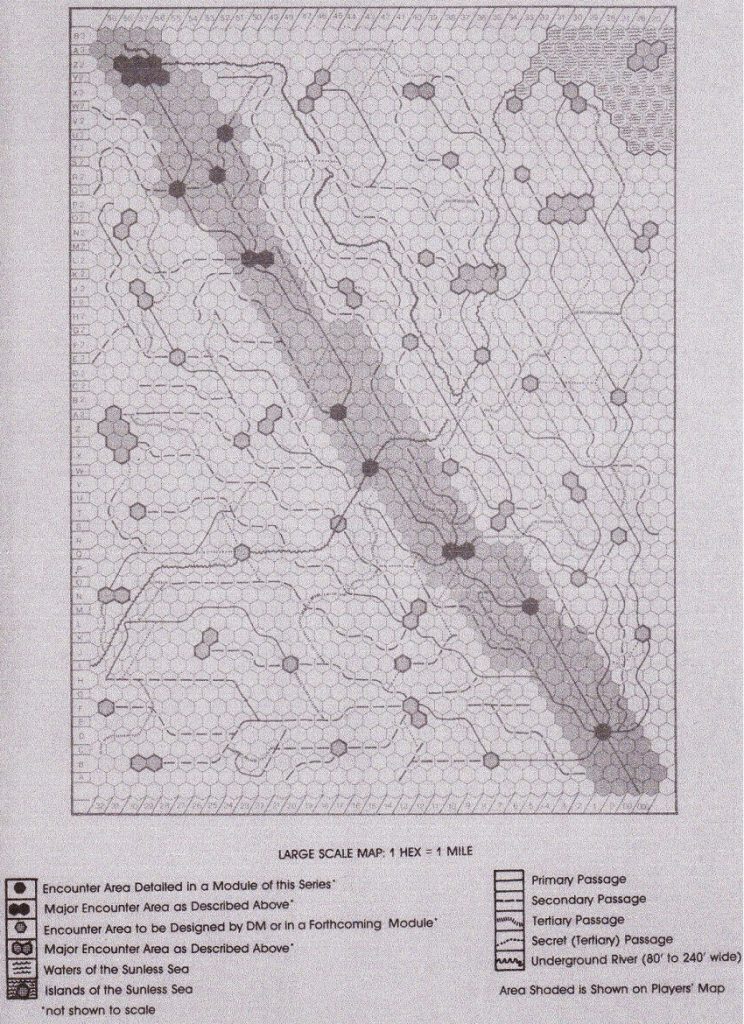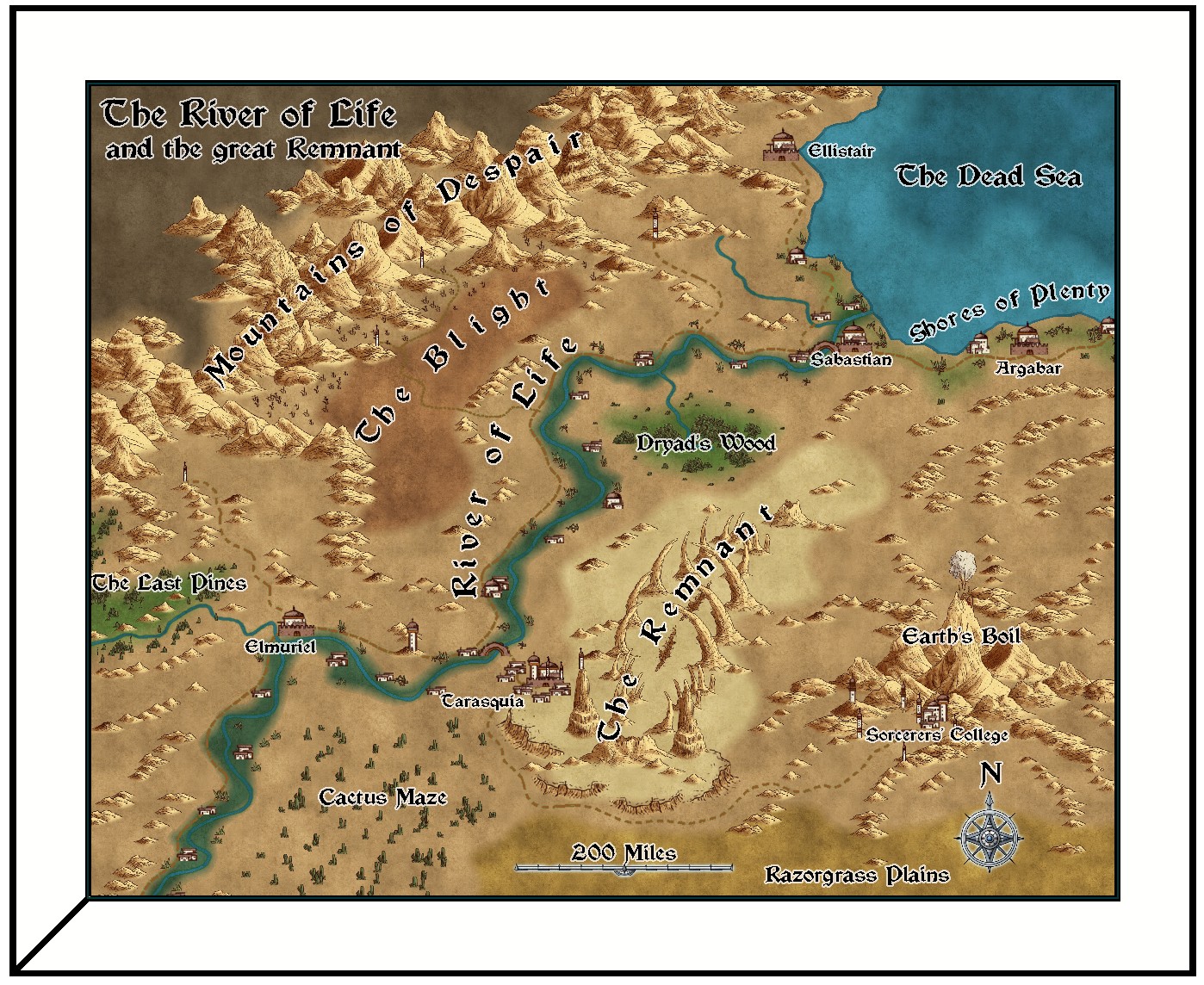

When I play in person, I paint minis and draw maps by hand. I play D&D to scratch that creative itch. However, for those that have been here a long time (I've been using Roll20 since the kickstarter) new features that promote creative play are important. Maintaining a modern web app is a huge amount of work. I'm super impressed at the dedication of the Roll20 dev team to keeping this platform up and running and running smoother ever year. The other roadmaps and highly voted features are quality of life improvements, stability improvements, for existing systems. Isometric tokens often anchor measurements and snap to a point in the center of their base, not the absolute center of their png image There are bunch of quality of life things after that that really are not as important.
PROFANTASY HOW TO MAP ELEVATION CODE
Implementing an isometric grid would mean: creating the grid, it isn't any more complicated than a hex grid to code dynamically adjusting the z-level of tokens so that tokens higher on the screen (y dimension) are occluded by tokens lower on the screen not automatically snapping token art by their exact center.

The only real workaround for lack of isometric grid right now is to play gridless, which takes away from the precision many tactical players enjoy in the system when playing top down with the grid turned on. The challenge is that many games like D&D5e and Pathfinder benefit greatly from the measure tool support and snap to grid support of Roll20. You can actually see the monsters! Vertical space makes more sense! And for many, the game and art prep is just more fun. What were only a small number of roll20 marketplace creators and stray youtube tutorials is now a healthy and growing set of game masters that really do prefer to play in an art style that more resembles the isometric play of their favorite late 90s and early 2000's rpg video games. Several patreon artists as well as communities of avid gamers around them have pushed the boundaries on what DMs can prep quickly by creating reusable modular tile sets in true isometric. The last year has been a really exciting time for Isometric play in virtual table tops. In the meantime, it would be cool to get hex based fog of war.

Including backgrounds! So while it might seem easy to do on its face, it includes a bunch of tweaks and hiccups that encompass a lot of how the engine works that would have to be changed. The usual foreground-background only works for so much on isometric where the stacking order is actually determined by the "row" one occupies (higher rows are ALWAYS hidden by lower rows, vertically, top-to-bottom, measured from the "base" of the token, so flying tokens etc. Edited to add: Not to mention stacking order. The moment we fiddle with the aspect ratio of the grid, the rest of the aspect ratios need to follow suit (token, lights, auras). So, not as simple as another "flat" stacking ratio (hex versus square - triangles for instance would probably be easier than isometric). for them to show up "properly" in the render. Īfter exploring an iteration of this, I'd have to say that auras and light sources would need to be "flattened" as well. I'll save my wish for an isometric hex view for another time after we get isometric. All that said, I'd like to see that mode to see what it would look like. Lighting will still be an issue, since light will not follow an isometric path but will instead be top-down, and I'm not sure how that will look. So, the token calculations would change: things would still snap, but default would probably be 2x1 height-to-width (tokens would auto-size to "twice" height) and tokens would snap at the "bottom" "center" edge, instead of center (hex) or top-left (square) which would be a different experience for sure. Axonometric would be cake in this regard. Even in the map, tokens snap automatically to grid size (center for hex, edges for square) so figuring out the snap and auto-grid-size will be components of an isometric view. Isometric seems like a simple ask - a flattened grid, really - maybe the calculations on token auto-sizing are the problem, and in that case it's different than others because the "vertical" dimension would be twice the "horizontal" dimension.


 0 kommentar(er)
0 kommentar(er)
